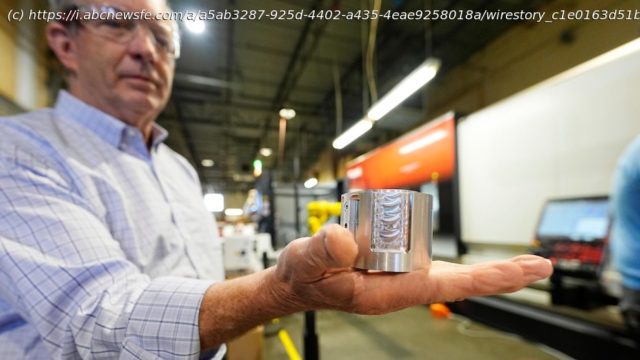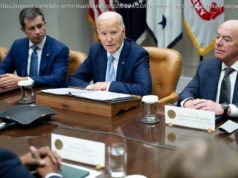Across the United States, chronic worker shortages have led many companies to invest in machines to do some of the work they can’t find people to do
Trying to keep up with customer demand, Batesville Tool & Die began seeking 70 people to hire last year. It wasn’t easy. Attracting factory workers to a community of 7,300 in the Indiana countryside was a tough sell, especially having to compete with big-name manufacturers nearby like Honda and Cummins Engine.
Job seekers were scarce.
“You could count on one hand how many people in the town were unemployed,“ said Jody Fledderman, the CEO. “It was just crazy.’’
Batesville Tool & Die managed to fill just 40 of its vacancies.
Enter the robots. The company invested in machines that could mimic human workers and in vision systems, which helped its robots “see” what they were doing.
The Batesville experience and others like it have been replicated countlessly across the United States for the past couple of years. Chronic worker shortages have led many companies to invest in machines to do some of the work they can’t find people to do. They’ve also been training the workers they do have to use advanced technology so they can produce more with less.
The result has been an unexpected productivity boom, which helps explain a great economic mystery: How has the world’s largest economy managed to remain so healthy, with brisk growth and low unemployment, despite brutally high interest rates that are intended to tame inflation but that typically cause a recession?
To economists, strong productivity growth provides an almost magical elixir. When companies roll out more efficient machines or technology, their workers can become more productive: They increase their output per hour. A result is that companies can often boost their profits and raise their employees‘ pay without having to jack up prices. Inflation can remain in check.
Austan Goolsbee, president of the Federal Reserve Bank of Chicago, has likened surging productivity to “magic beanstalk beans for the economy. … You can have faster income increases, faster wage growth, faster GDP without generating inflation.’’
Joe Brusuelas, chief economist at the tax and consulting firm RSM, said, “The last time we saw anything like this was the late 1990s.“
That was when a productivity surge — an early payoff from the sudden embrace of laptops, cellphones and the internet — helped allow the Federal Reserve to keep borrowing rates low because inflation remained under control even as the economy and the job market sizzled.
This time, the Fed’s aggressive streak of rate hikes — 11 of them starting in March 2022 — has managed to help cool inflation from a four-decade high of 9.1% to 3.1% while causing little economic hardship.
“I would have said it’s not possible,’’ said Sal Guatieri, senior economist at BMO Capital Markets. “But that’s exactly what happened.’’
A year ago, nearly every economist was warning that a recession was all but inevitable. Fed Chair Jerome Powell himself warned in 2022 that beating inflation would inflict “some pain“ in the form of widespread layoffs and higher unemployment.
By last month, Powell was sounding a different note.
Start
United States
USA — mix Robots and happy workers: Productivity surge helps explain US economy's surprising resilience






